Work-Life Balance in an Artist’s World
Work-life balance has been talked about a lot in the professional world in the last few years. Employers want to make sure their workers are happy and healthy so that they can produce the best work possible. But what about those of us who aren’t at a 9 to 5 job every day? I believe that we as artists need to adopt a few practices to ensure that we don’t get burnt out, continue to be our best creative selves, and produce amazing work that inspires others.
The Art of Work-Life Balance: 4 Tips to Improve Productivity, Creativity, and Boost Happiness
Here are some of the ways that I believe artists (and really anyone who has made a career of their craft outside of the traditional work setting) can implement a more balanced approach to their personal and professional life.
1. Get into a Rhythm
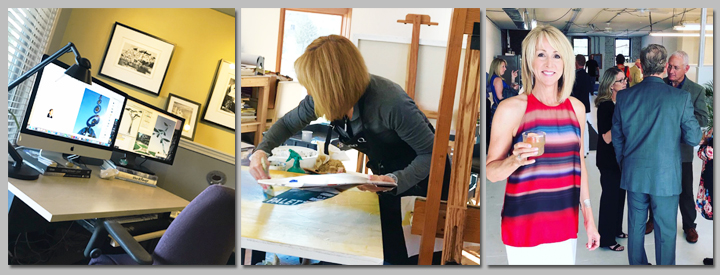
I use the word rhythm instead of schedule because a lot of creatives feel that having a specific schedule is too restricting – which makes sense, we have all felt that burst of inspiration at midnight to finish a piece or sketch out something completely new. A rhythm is more centric around time of day and doesn’t need to be broken down minute by minute or even hour by hour. Your rhythm might be something like this:
- Morning: (Administrative Time) Enjoy coffee, make phone calls, and answer emails
- Afternoon: (Creative Work Time) Work on a piece, ideate projects, and find new inspiration
- Evening: (Personal Time) Enjoy time with friends and family, eat dinner, and relax
Of course, your rhythm could be different from this i.e. your personal time is a relaxing morning walk with coffee and your significant other and then dedicating your evening to creative work, but you get the idea. Segment your day based on when you feel you are at your most creative, when you need time to relax, and when you can dig into doing the things you aren’t as passionate about like answering emails. Your rhythm can change over time, but it will ensure that you don’t neglect important aspects of your life.
2. Take a Break

As artists, it can be hard to step away from the canvas and take some time off, but it is necessary to maintain that creative edge and a great way to overcome artist’s block. In the corporate world, many people take personal days and I think we should adopt that practice, too. You can just take one or two personal days where you do the things you love around town or you can take a full-blown vacation all by yourself. Do whatever you need to recharge mentally and physically, mark it on your calendar and do not reschedule.
There are also little ways you can recharge and take a break throughout the day. Regular breaks have been proven to increase productivity and creativity. Your daily breaks could be regular exercise, meditation, cooking, journaling, really anything that calms your mind and leaves you feeling refreshed.
3. Designate a Specific Work Area
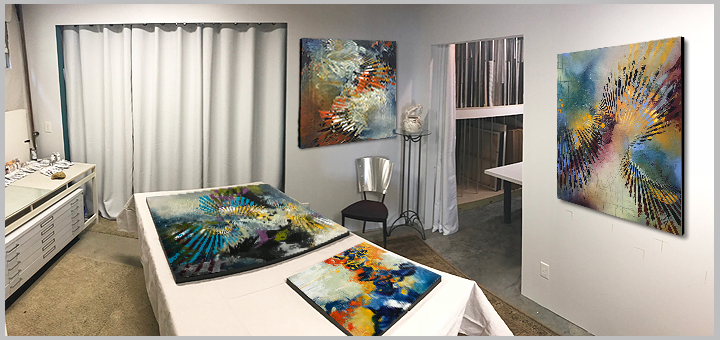
For those of you who do the majority of your work within your home, designate a specific area that is separate to your living space. If you do not do this your work will slowly take over your home and you could end up digging through your utensil drawer in search of paintbrushes.
There are several ways you can go about separating these spaces the first and most obvious is to dedicate a specific room or even your garage into your studio space. The second, also a fairly obvious option is to rent studio space that you commute to outside of your home.
The third option is a bit more abstract but can work for those who are limited on both budget and space – this option requires creating a mental boundary. To create a mental boundary, take a walk before you start working. When you return, adjust the space by doing something as simple as lighting a candle or playing specific music to help train your brain to realize that this is now a workspace rather than a living space.
4. Engage with Your Peers

It can be easy to isolate yourself as a creative and trade engaging with peers for locking down to work in the studio, but talking to or collaborating with other artists is important especially if you are starting to build your career. Making connections with other artists and people within the art community actually does double duty as it can build both personal and professional relationships. You don’t have to go to every gallery show to do this – although, I would suggest attending one or two. You can connect with other artists online or invite them out for coffee or cocktails. There is no need to overcomplicate this, chances are they are looking to take some time away from the studio to talk to others in the industry also.
How do you maintain work-life balance? Do you have any tips besides the ones I listed above? Please share your thoughts below!

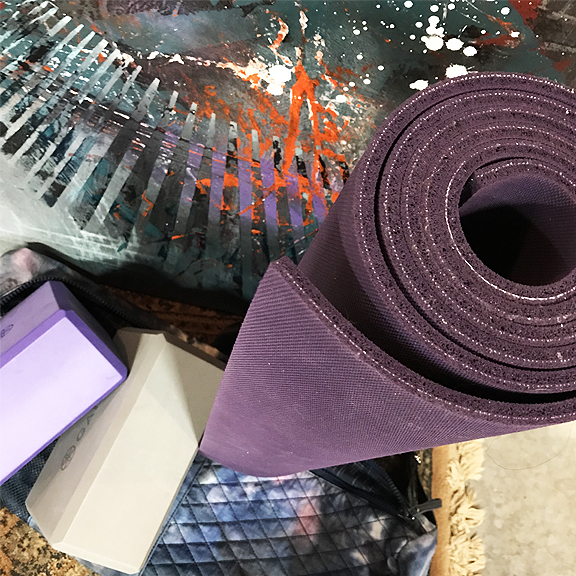
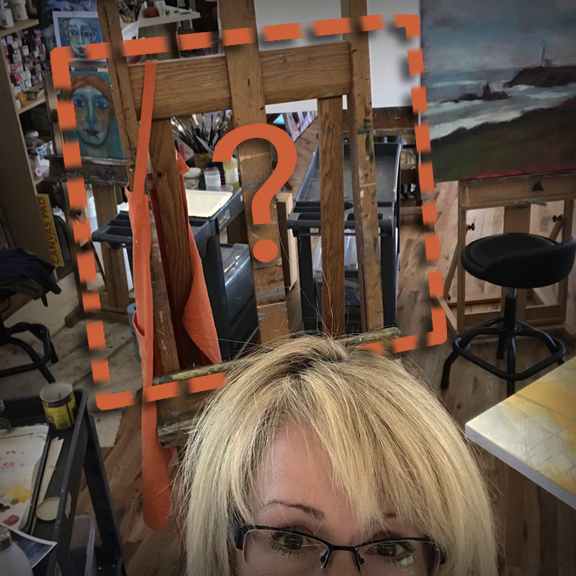
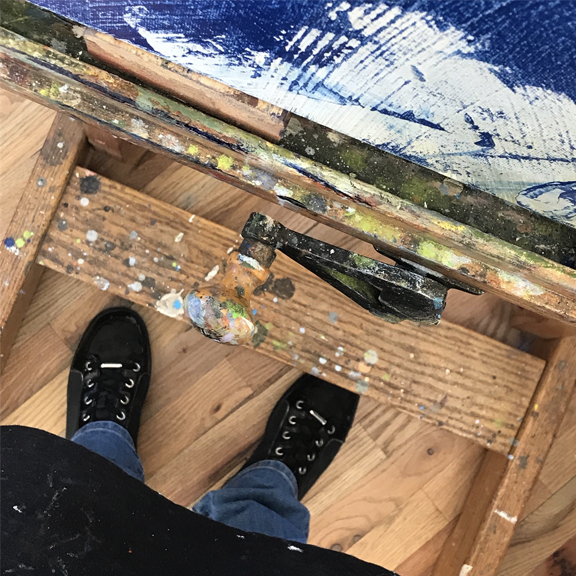
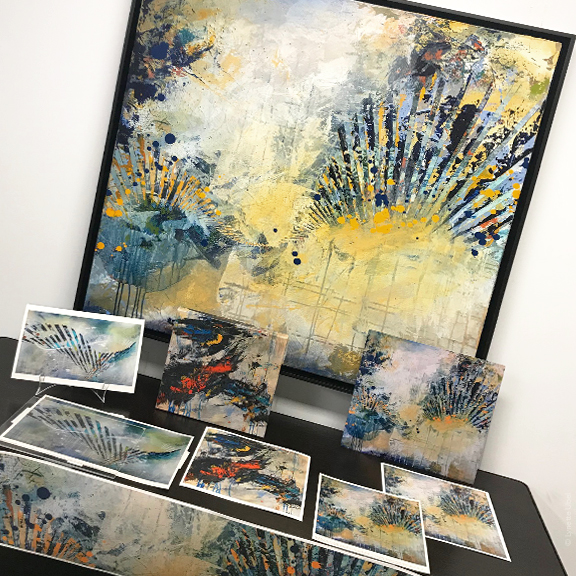
This Post Has 0 Comments